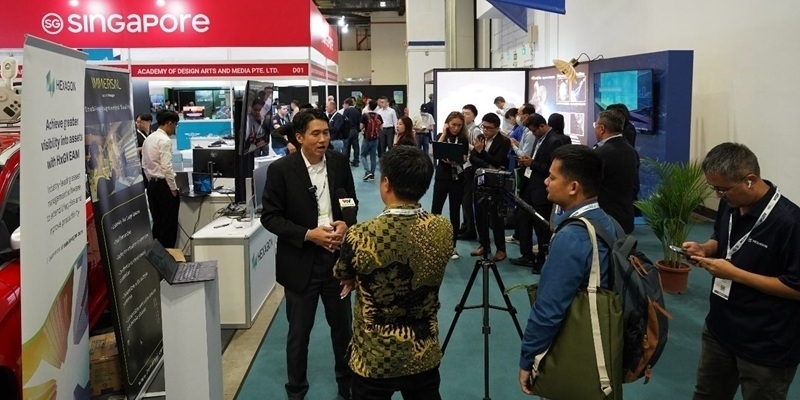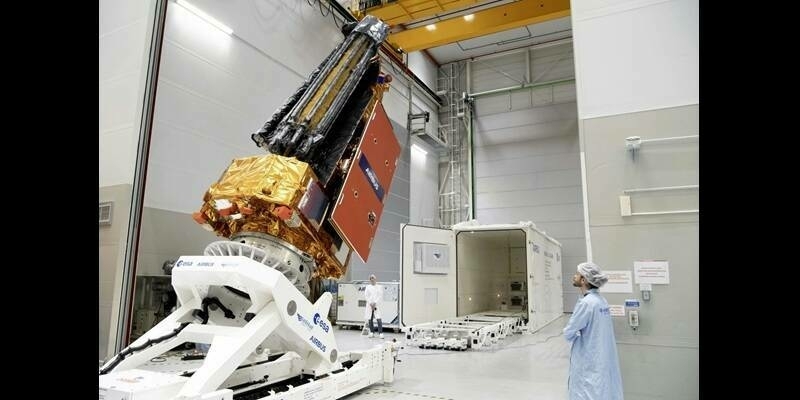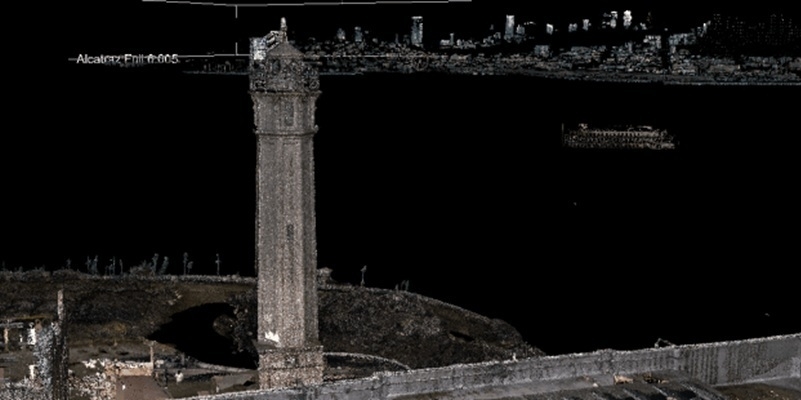The ExoMars mission launched on March 14. It is expected to travel 496 million kilometers and arrive on Mars on October 19. Several of Sofradir’s infrared detectors are onboard the Trace Gas Orbiter (TGO), headed to the Red planet.
These instruments are designed to detect methane and other trace atmospheric gases that could be signatures of active biological or geological processes on Mars. There are four suites of science instruments; two of which contain Sofradir IR detectors. These are the ACS instrument (Atmospheric Chemistry Suite) and the NOMAD instrument (Nadir and Occultation for MArs Discovery). Both are comprised of three spectrometers each and cover complementary wavelengths.
NOMAD instrument
The NOMAD instrument, operating in the 2.2µm and 4.3µm waveband, will take a detailed inventory of Mars’ atmospheric trace gases by analyzing the light reflected by the atmosphere and by solar occultation. Two Sofradir IR detector flight models are integrated in the NOMAD instrument (MARS MW detector with adapted optics). A similar model of Sofradir’s MARS MW was deployed in ESA’s Venus Express mission in 2005.
ACS instrument
The ACS instrument, equipped with three infrared spectrometers, is responsible for analyzing the chemistry and structure of Mars’ atmosphere, in particular detecting methane. The ACS-MIR spectrometer also operates with a Sofradir IR detector (SCORPIO MW detector with adapted optics in the 2.3µm – 4.6µm waveband).
Sofradir track record
ExoMars is the ninth satellite launched in space carrying Sofradir’s detector, bringing the total number of Sofradir infrared detectors deployed in space to 23. This achievement reinforces the company’s industrial leadership in supplying highly reliable infrared detectors.
Subscribe to our newsletter
Stay updated on the latest technology, innovation product arrivals and exciting offers to your inbox.
Newsletter

